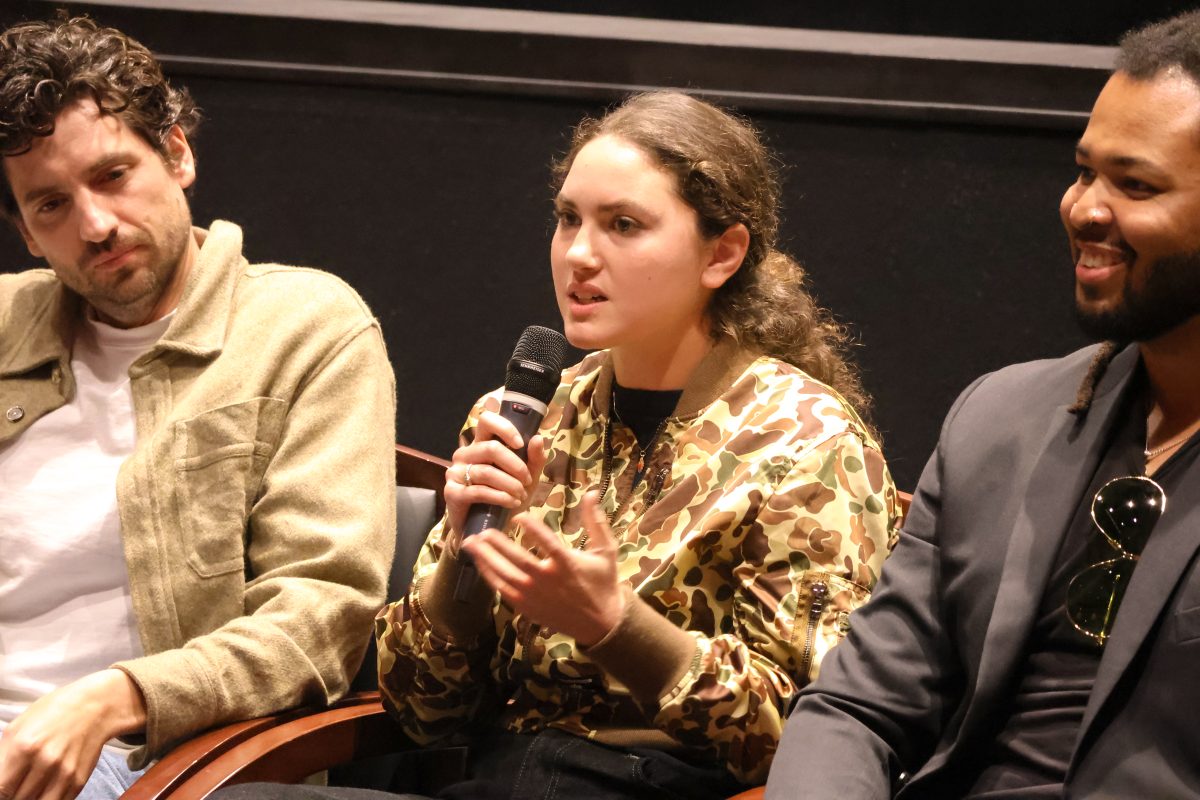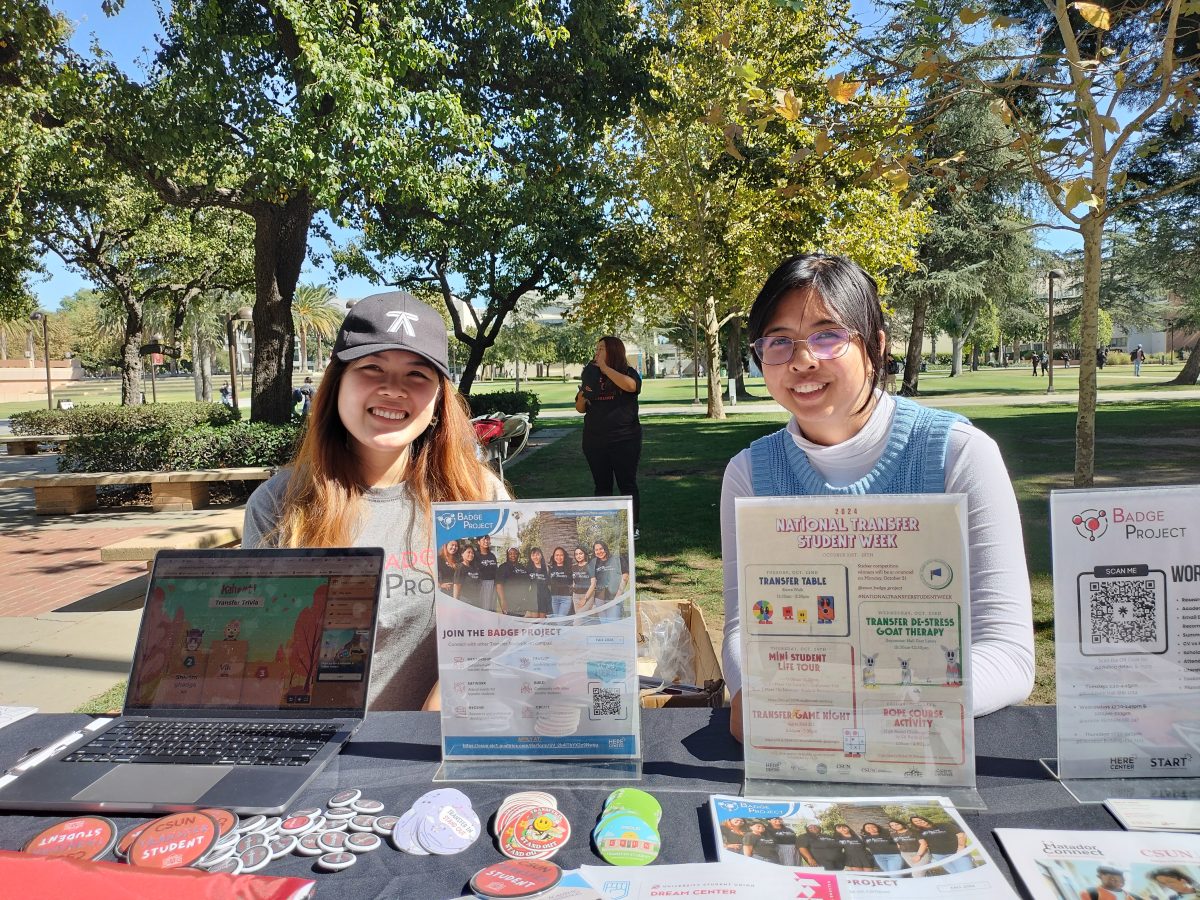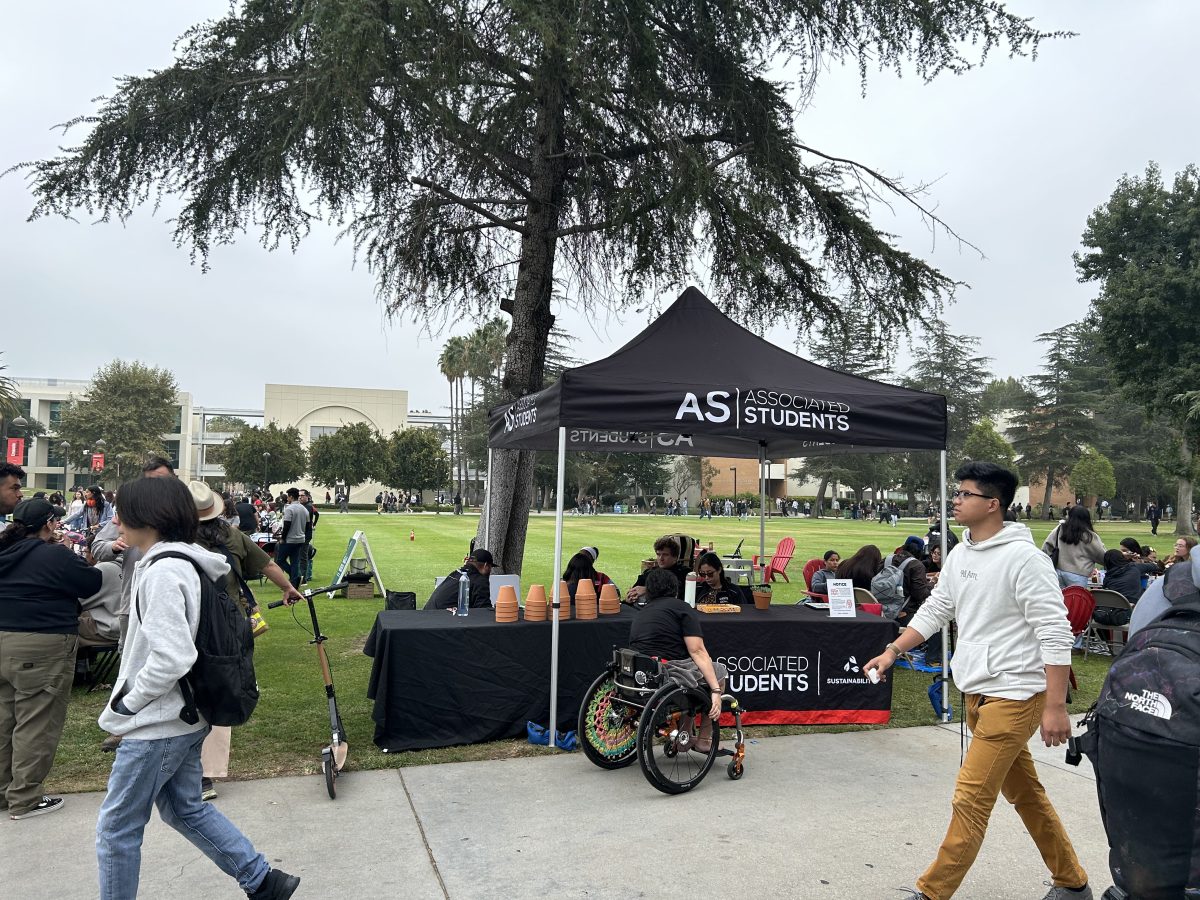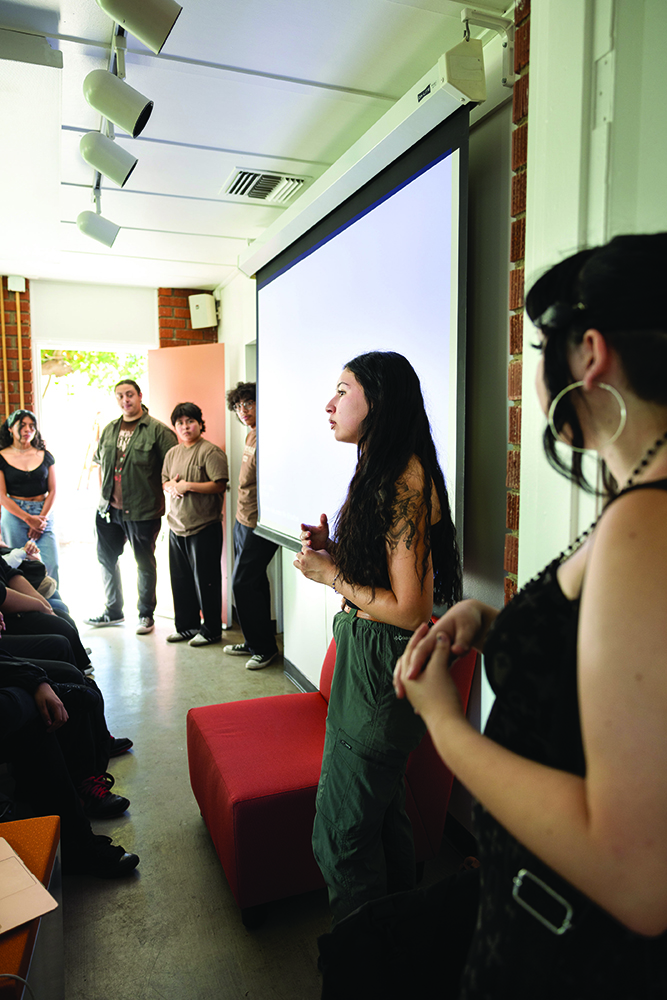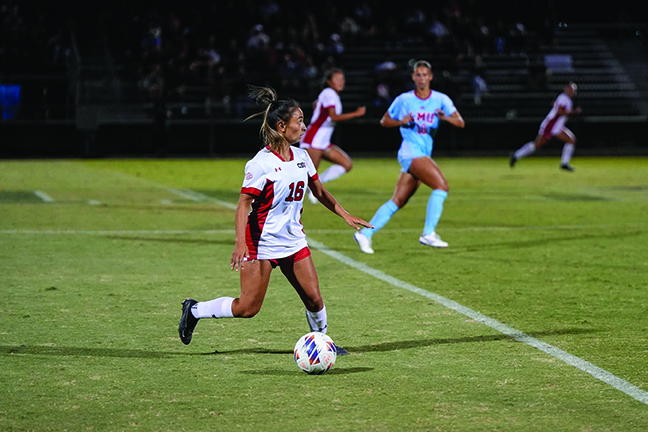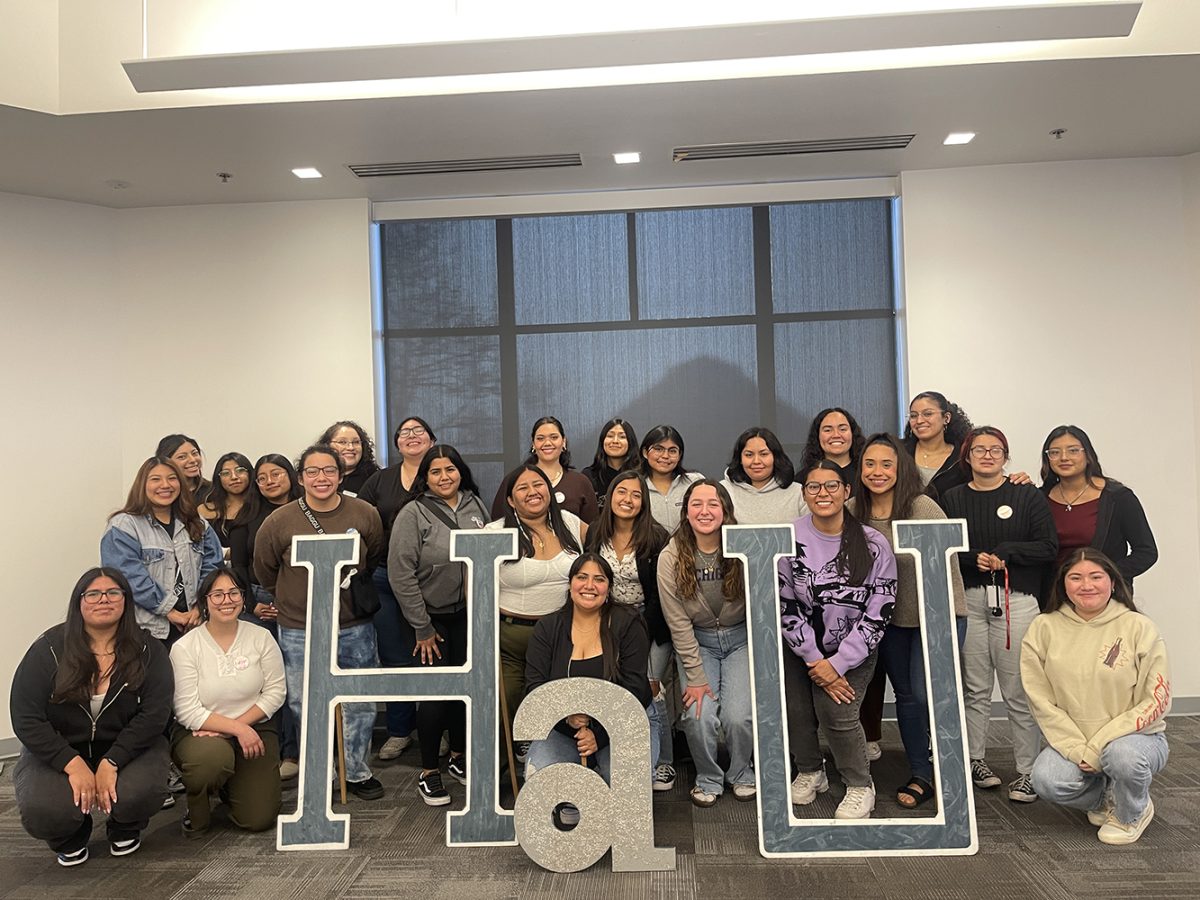When a person opens their social media, one of the first things they might find are posts that promote unrealistic beauty standards. When scrolling through the endless photos of people showing off their “perfect” bodies, many develop unhealthy eating habits as they attempt to look like the people they see.
Jennifer Neda John, a recent graduate from Stanford University, recalls a fitness account’s advice to never eat when not hungry, which triggered her eating disorder when she was in middle school. According to an article John wrote on Slate, she started reducing her meal portions every week, until her weight dropped dangerously low. She was eventually diagnosed with anorexia.
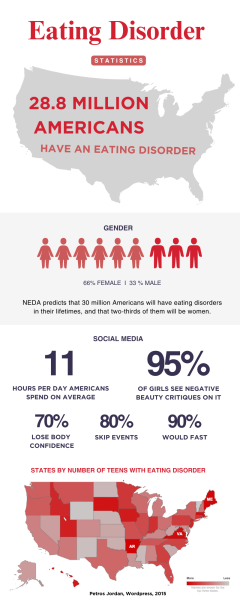
The National Eating Disorders Association predicts that 30 million Americans will have an eating disorder at some point in their lives, 2/3 of which will be women.
According to Cross River Therapy, 9% of the U.S. population lives with an eating disorder, which equates to about 28.8 million Americans. That number places the U.S. above all other countries. Other Western nations, such as those within the United Kingdom, are high on the list as well.
The 2016 Dove Global Beauty and Confidence Report found that of 10,500 women surveyed from 13 different countries, 70% reported a decline in body confidence and an increase in anxiety because of that decline. About 80% said this lack of confidence has led them to forgo events in their lives, and 90% said they would fast because of it.
Men often develop eating disorders that go unrecognized, according to the Arizona State University’s Cronkite News.
“They strive for a bigger body size to reflect society’s linking of muscle with masculinity,” said Dr. Jason Nagata, an assistant professor at the University of California.
This is known as muscle dysphoria, where you binge and exercise to build muscle.
People often attempt to deal with eating disorders in isolation, and this anxiety makes them especially difficult to overcome, according to the American Society for Nutrition. However, an eating disorder survivor doesn’t need to suffer in silence.
John started down the path to recovery by joining a support group and seeing a psychiatrist, but it was a discussion group she joined in college that helped her make significant progress. The group allowed her to talk to people who have undergone similar struggles. Eating disorders are isolating, but finding community support is a major step in recovery.







